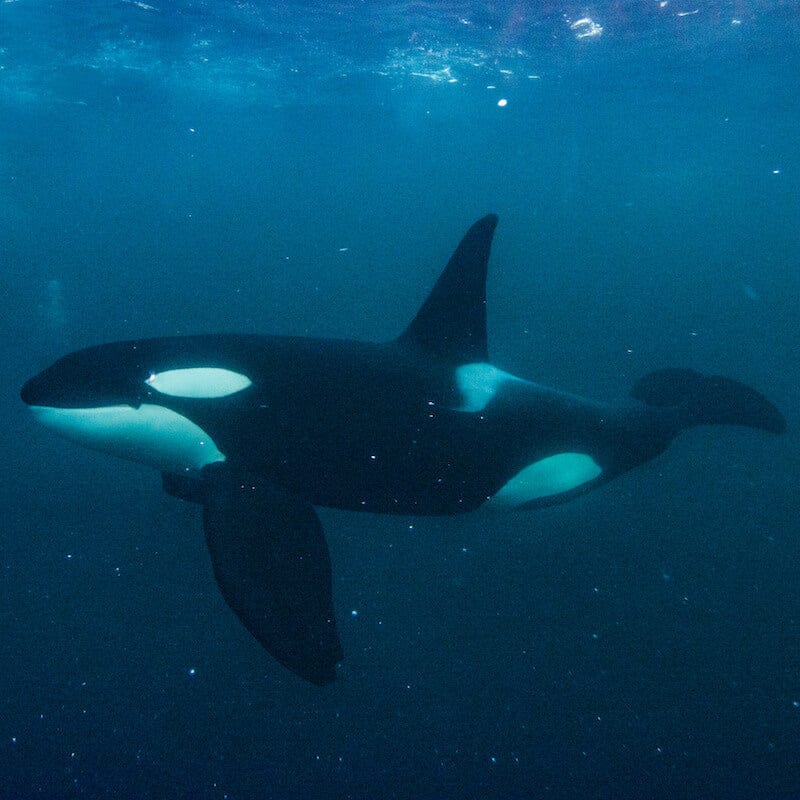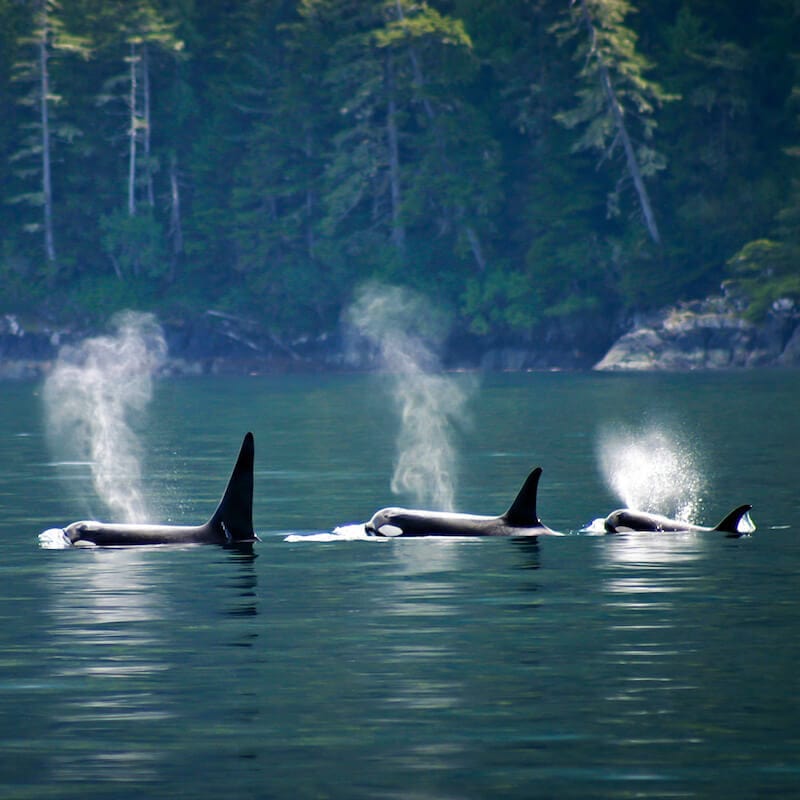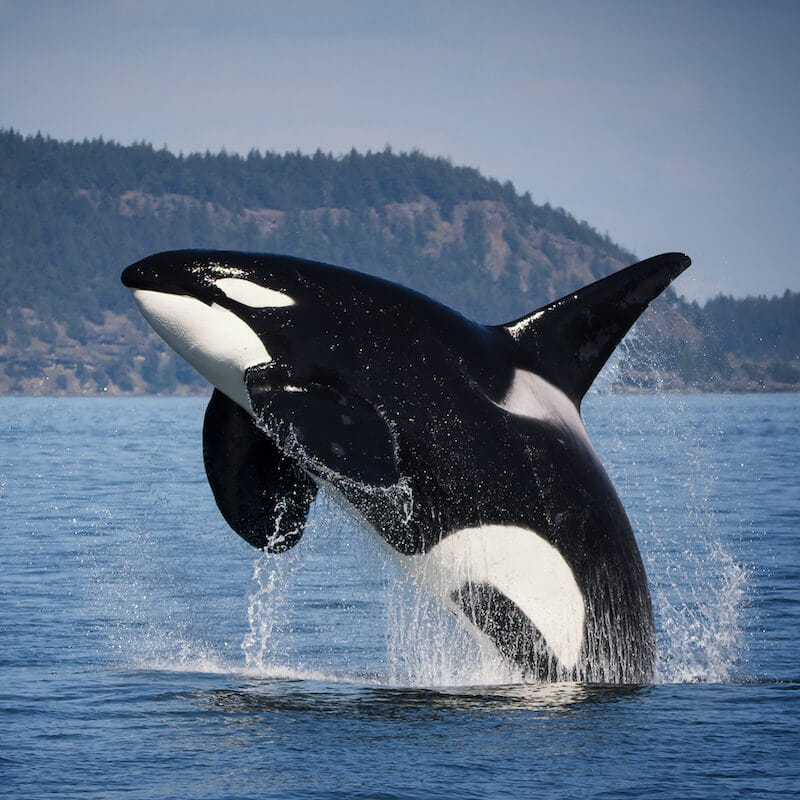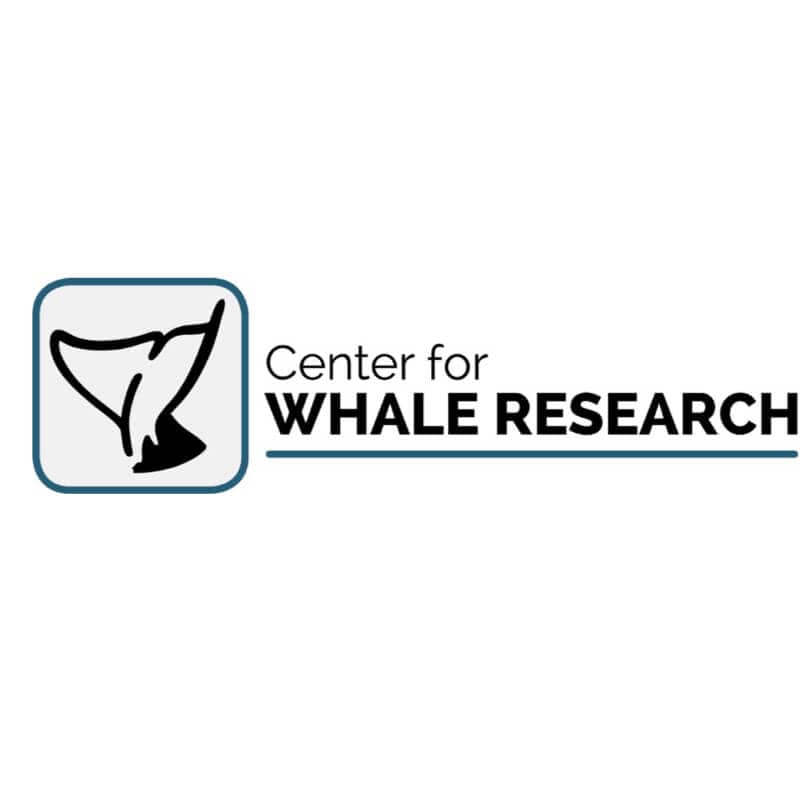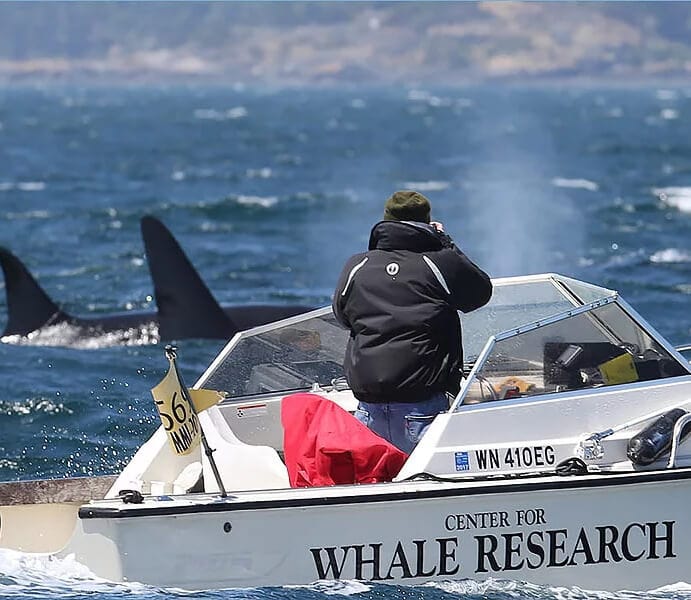Your purchases have donated $343,639 to marine science research and education!
Hey, we're Waterlust
We're in business to build a more sustainable world by bringing environmental science into your life in creative ways.
★★★★★
Waterlust is the best!
Great products, great customer service, great mission! Worth every penny.
- Michelle Rumbaut, TX
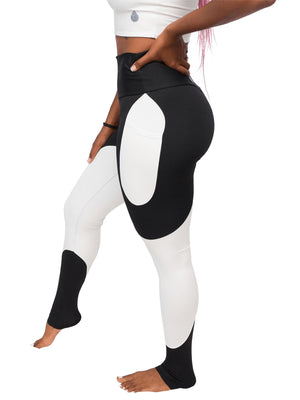
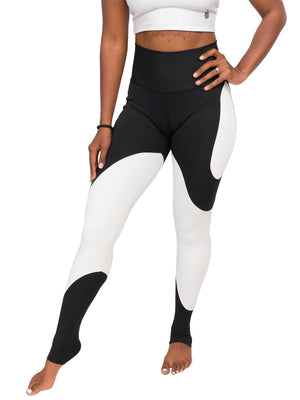
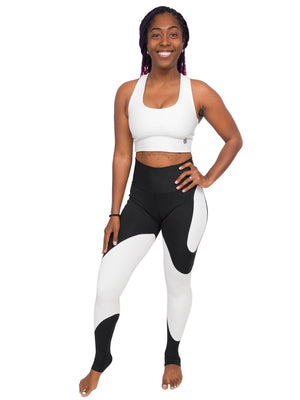
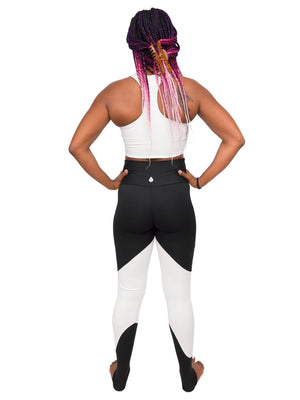
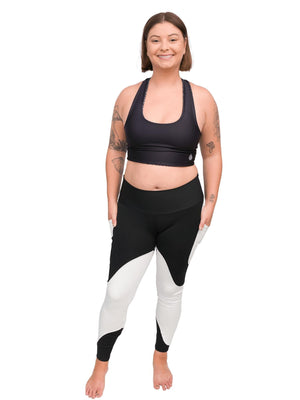
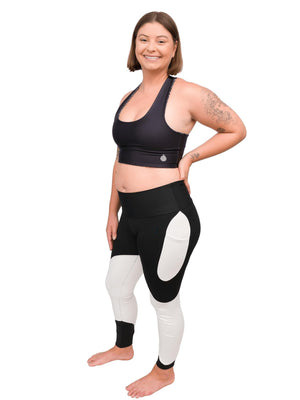
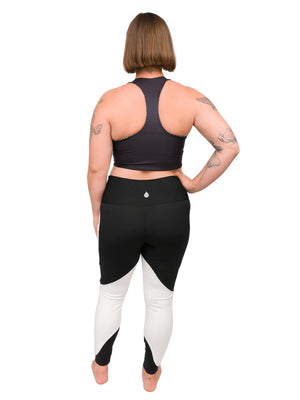
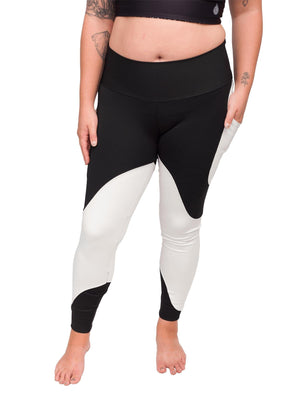
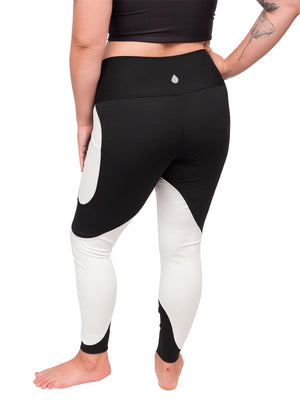
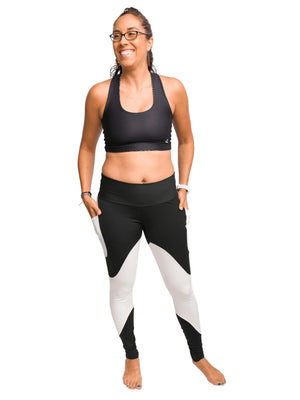
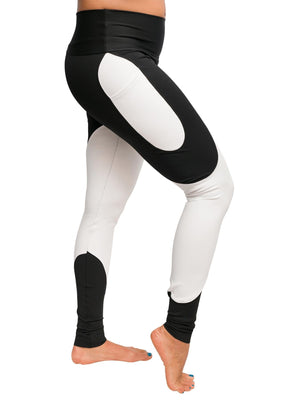
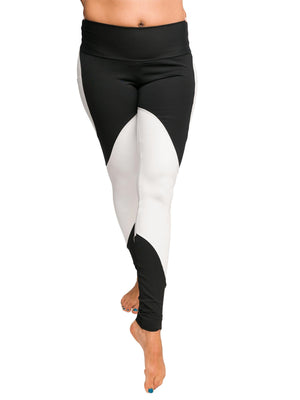
Educational resources & donation included with every purchase. Learn more.
The stunning black and white colors of the orca make it one of the world’s most recognizable animals. As the ocean’s top predator, they play a significant role in balancing the global marine ecosystem. There are approximately 50,000 orcas left on the planet, with some subpopulations facing many threats, including food limitations, chemical contaminants, and disturbances from vessel traffic and sound.
Made from two variations of our signature fabric. The white fabric is what we use for all our other leggings, as a base that we typically print on. The black fabric is the same but with one difference - it's made from not only recycled plastic bottles but also old clothing! Leggings and other items are recycled once more and given a 3rd (or more!) life, then dyed black.
White fabric: 88% Repreve® RPET (recycled polyester made from post-consumer plastic bottles), 12% spandex
Black fabric: 88% Repreve® RPET (recycled polyester made from recycled clothing and post-consumer plastic bottles), 12% spandex
5% of sales will be donated to the Center for Whale Research, a non-profit organization that, since 1976, has studied and protected the endangered Southern Resident orca population.
Orders are lovingly packaged using minimal packaging and eco-responsible materials, and shipped from our wonderful partner warehouse in Pennsylvania within the same or next business day. We’ll email you with your tracking info as soon as your order is shipped.
Learn more about shipping, exchanges and returns here.
Tag us @waterlust to be featured
Orcas are the largest species in the dolphin family and can grow to be 32 feet in length and weigh in at a whopping 11 tons. They can be found worldwide and have the largest range of all cetacean (dolphin, whale, and porpoise) species. This large range has created subspecies around the world that slightly vary from one another. Orcas can be found in both open ocean and near-shore environments. These dolphins have the most varied diet of all cetaceans but vary regionally. For example, the resident orcas (those that live specifically in one geographic area) of the pacific northwest exclusively eat fish (mainly salmon) while the transient orcas (those that are just passing through a geographic area) in the same region eat marine mammals and squid.
Photo by Katie Jones
One reason orca populations need strong conservation efforts is because of their reproductive characteristics that limit them to producing few young over a long period of time. Female orcas do not reach sexual maturity until 10-13 years of age. Once sexually active, females can only birth a single calf with each pregnancy. The gestational period lasts for 15-18 months and each calf must nurse from its mother for a year and then will remain with its mother until approximately 2 years of age. Because of this, one female orca can only produce one calf every 3.5-4 years.
All in all, the birth rate in orcas is not well understood, but these low levels of reproduction inhibit many orca populations' ability to quickly recover from environmental disturbances.
Since 1976, the Center for Whale Research (CWR) has been the leading organization studying the Southern Resident Orca population and their critical habitat of the Salish Sea. CWR is the leading voice for this gravely endangered population, having generated over four decades of scientific research and health assessments. This work has been used to inform decision-makers and elected officials about the orcas' ecosystem requirements to ensure the future viability of this playful, social, and beloved population of animals. CWR's unique on-the-water research approach entails recording information through whale encounters that provide essential social, demographic, health, and geographic information. CWR offers this information to U.S. and Canadian government agencies annually for conservation and management purposes.
Beautiful
I got these in 2023 when they first came out and they have a more compressed fit for the same size vs my older Waterlust leggings (purchased from 2020-2021).
I like that these have a simple/less busy pattern vs come of the other WL designs for variety, and obviously it’s inspired by orcas so it’s black and white, but buyers should just consider how you’ll use them since white will show stains and be more transparent when wet vs other colors. I am 5’6” 125-130 lbs and typically wear a size small, which still works for me in these but are more of a compression fit. If you’ve got older WL leggings or are between two sizes you might want to size up.
To achieve the color blocking, this pair also has more seams on the legs to create the look vs other WL leggings, so just be aware of that if the extra seams will bother you.
Orca Conservation Leggings
Purpose-Driven, Family-Run
Advocate for Marine Conservation
Donate to Research + Education
Eco-Responsible
Notify me when available
We will send you a notification as soon as this product is available again.
We don't share your email with anybody
